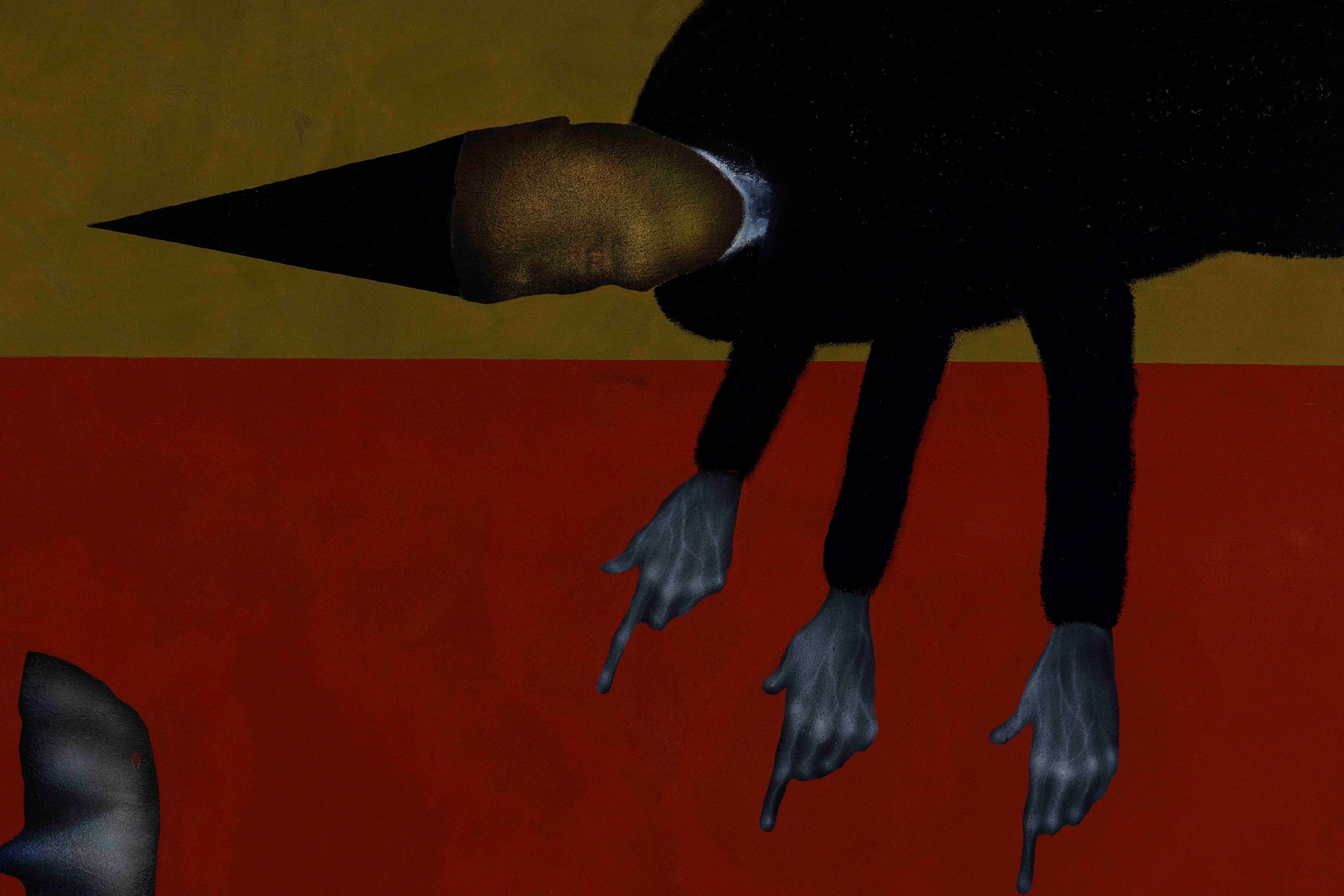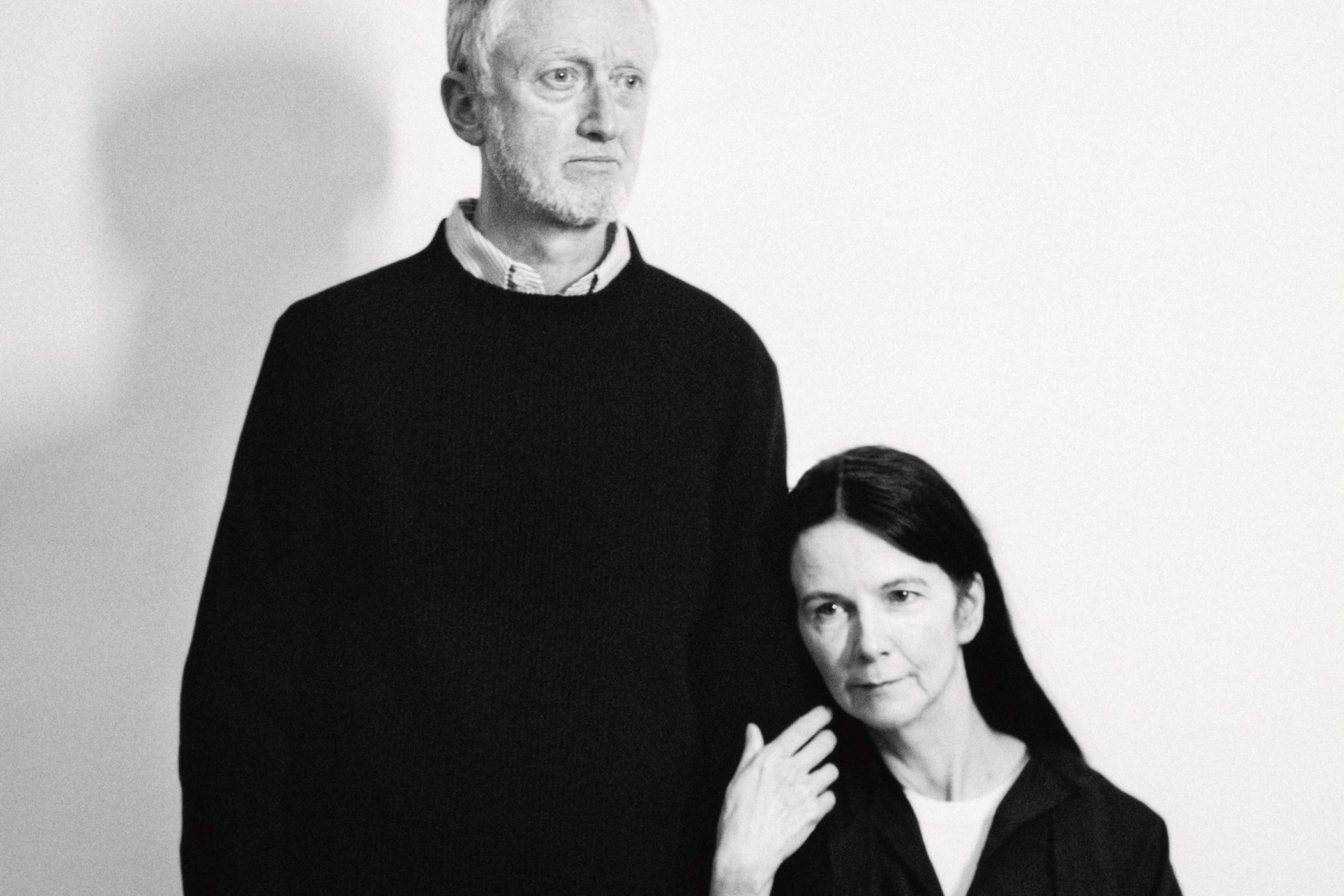The New York photographer Taryn Simon has been shooting work for over a decade that explores the blurred edges of existence. Taking in shadowy worlds behind closed doors, the arbitrary flux of identity and, most recently, the mysteries of
The New York photographer Taryn Simon has been shooting work for over a decade that explores the blurred edges of existence. Taking in shadowy worlds behind closed doors, the arbitrary flux of identity and, most recently, the mysteries of predetermination, it brings into sharp focus the ambiguity at the heart of any photographic image. Her investigations inform us in no uncertain terms that we are such stuff that dreams are made on (the American Dream notwithstanding) – creatures living out short lives in a world where the, sometimes secret, truth is always far stranger than the fiction. Her current exhibition at Tate Modern, A Living Man Declared Dead And Other Chapters, explores bloodlines, predetermination and notions of perpetual return – employing portraiture to suggest that we are little more than a human production line without an easily definable purpose or end.
What would you say drives you?
I think my desire to do these things is primarily linked to a certain anxiety that makes me want to throw up areas that are potentially grey or without answers. Although the work deals with very actual material – data, recordings and existing individuals – it’s primarily interested in the disorientating nature of the stories and situations that surround our lives. That is why I use text and image. I always say the space between text and image is what I’m interested in. These spaces between translation and interpretation where confusion happens and things are forgotten and remembered, and stories change…
There is often a sense of playing with the viewer’s preconception of what they are actually looking at…
Absolutely. You come to the image with all these attachments, and preconceived notions and you apply some sort of definition to it. Then you go to the text, which completely shatters everything you were thinking, or redefines it. Then you go back to the image with this new notion of what it is, and have to reinterpret it and retranslate it. All these transformations take place, or translations, and that process is also what the work is about. There is a bit of a mind-scramble in all of these things, for want of a better word. These spaces where what seems understandable twists and becomes really disorientating.
What is the mind-scramble in A Living Man Declared Dead And Other Chapters?
The work is really centred on fate, and it explores whether fate is something that’s determined by chance or something that’s predetermined by blood. It’s told through these 18 stories called ‘chapters’, which is supposed to bring to mind novels, and entering into small stories that are representative of stories that have come before, and stories that will come again thereafter. It’s about how these things will repeat through time, and the way in which blood is absolutely ordered. I’m interested in the idea of insistent return. We keep being born, we keep dying, and there is this machine-like production of people and stories – is that accumulating to some sort of evolution or is it just on repeat?
Some would argue we are now going beyond evolution, stepping outside of the Darwinian model…
Darwin assumes a certain evolution, and I guess what I’m considering here is this idea that it’s just repeating; that it’s not necessarily evolving. These evolutionary signifiers – our bodies changing, technology advancing and things like that – might just be another form of the same thing. We assume there’s the idea of a soul, or the idea of an identity, and all these things are linked to an investment in there being a purpose in everything – the idea that we’re here with a reason.
I suppose broadly you are investigating the world around you and its effects upon us as a collective rather than looking inwardly…
Yeah, sort of. The new work is almost a negation of the individual – it highlights the individual but also, through the collective mass and these archetypal stories, it completely negates the idea. It’s an individual collective, in a sense, and I guess it’s the same as how I feel about it personally
Having looked into the nature of human beings in such detail in your career, where do you see it all going from this point?
I don’t know. In my consideration of big questions, I try not be nostalgic. I think nostalgia is often linked to fear, so obviously if I answered from my gut, I would be terrified, but there’s also a part of me that feels it’s so important to embrace everything that’s possible. And if I’m talking about consideration that things are on repeat, it will probably be no different than what’s existing now – just different clothing and different forms and participants. I guess I’d like to believe that it would be different though…
Taryn Simon, A Living Man Declared Dead is at the Tate Modern until January 2 2012.










